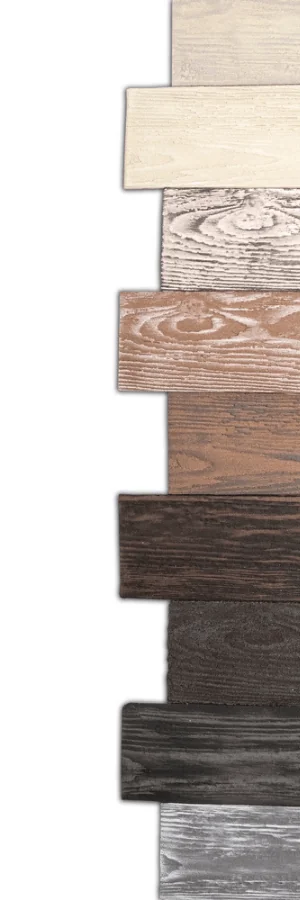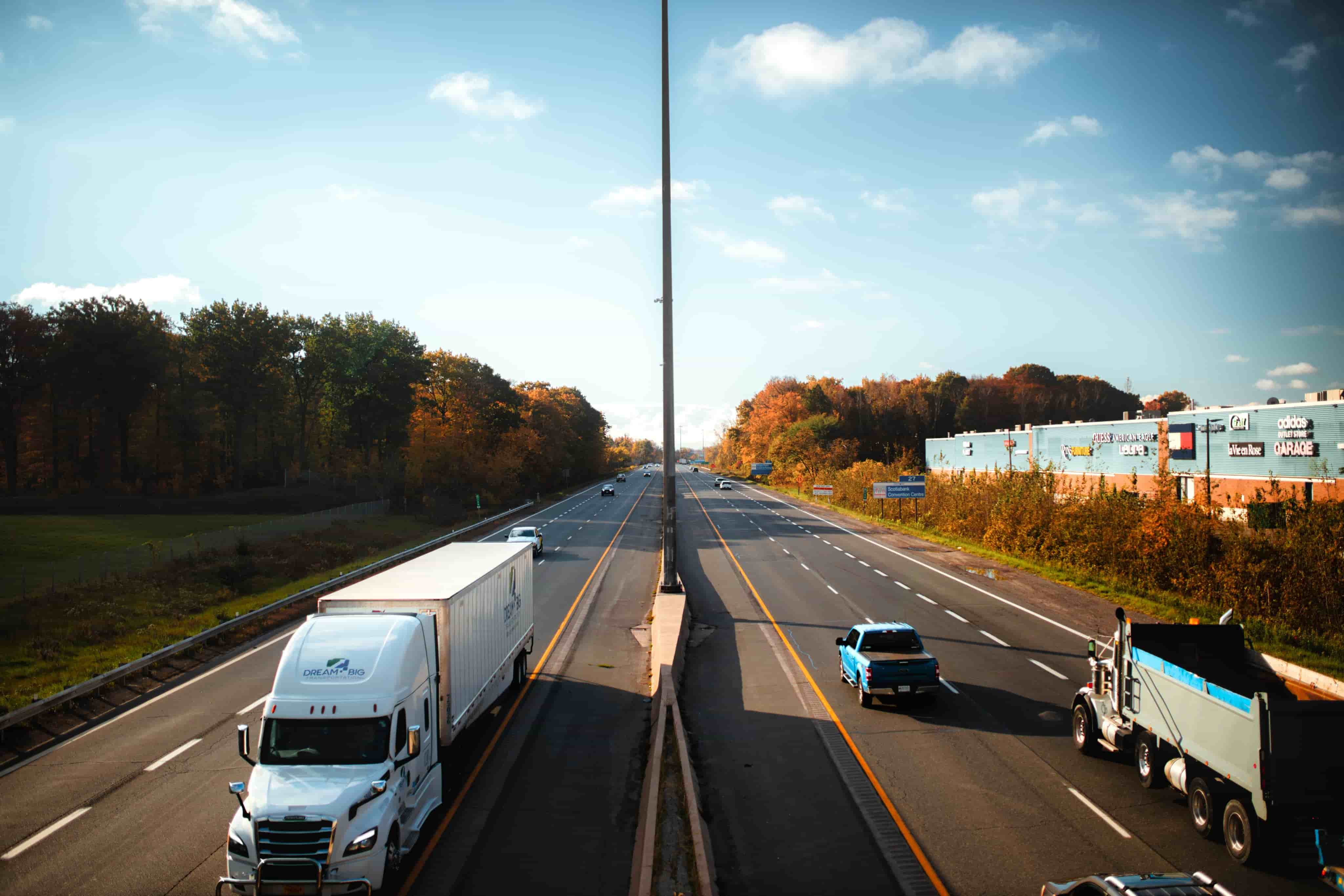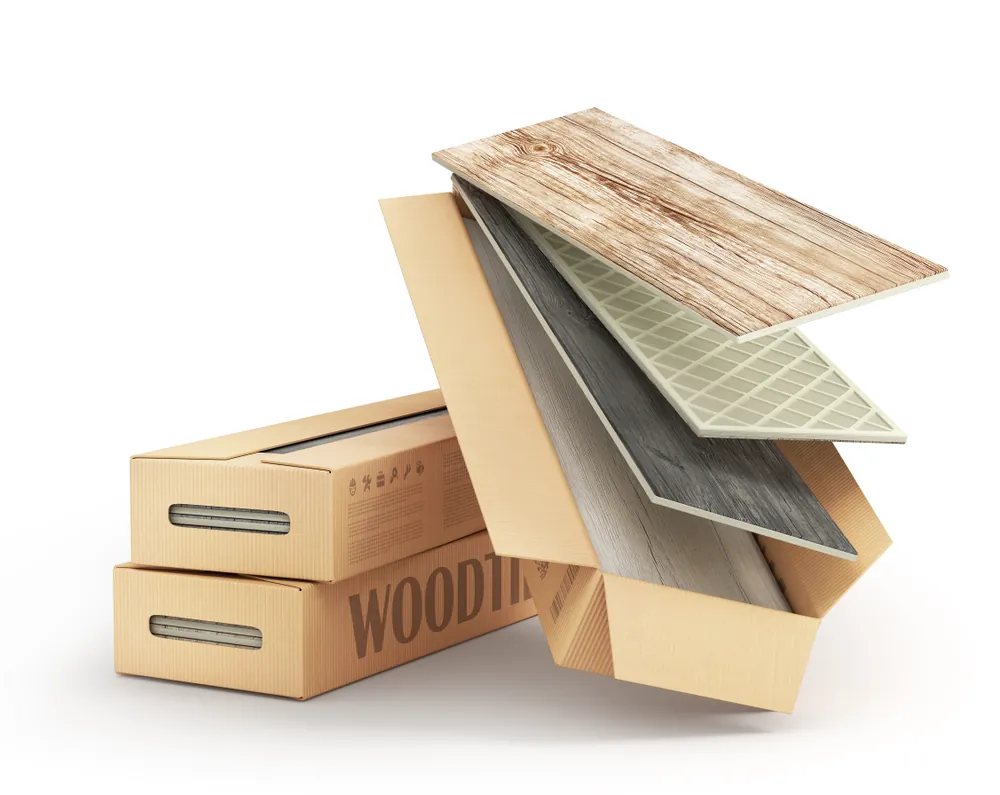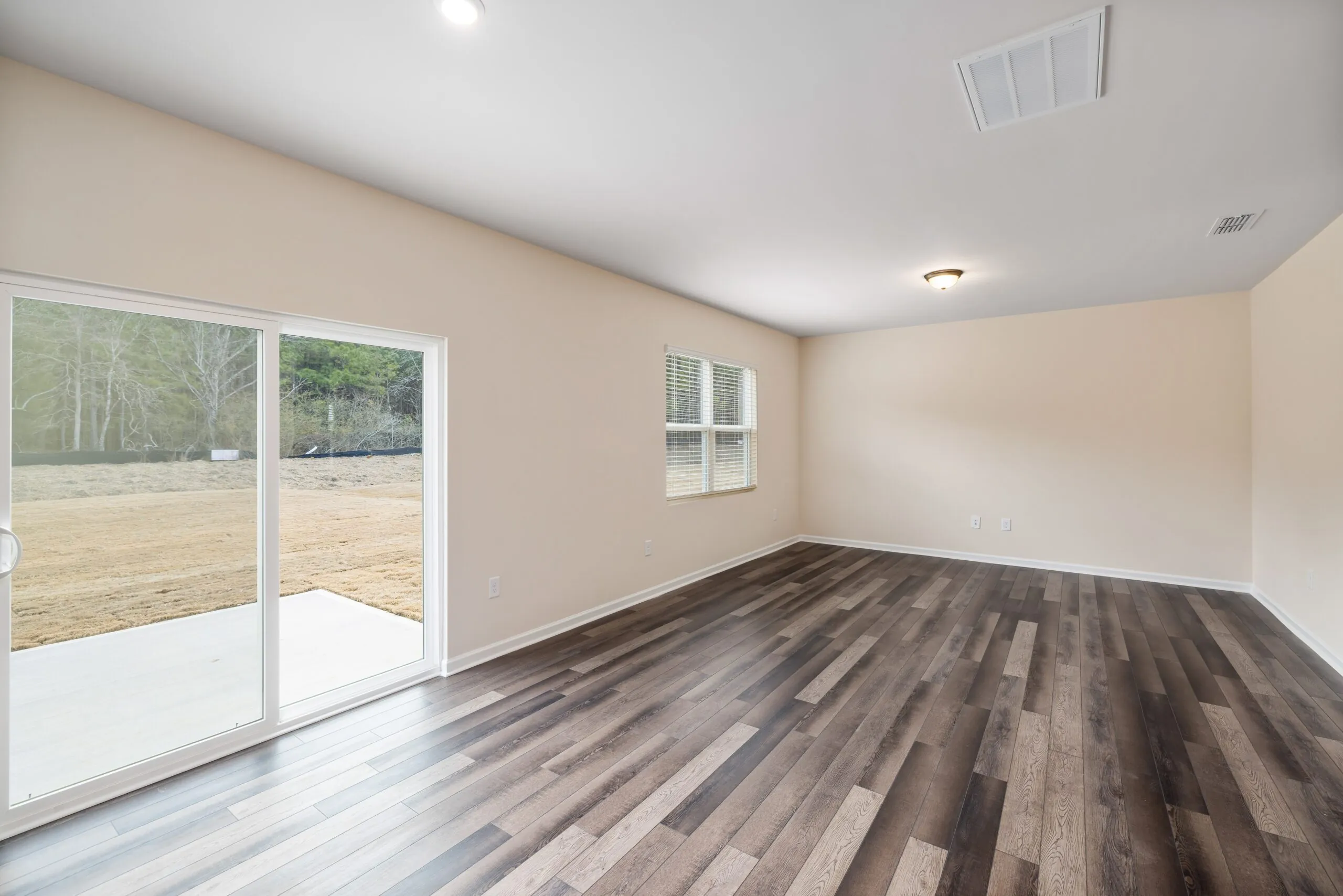
A 12 Step Guide to Shipping Vinyl Flooring
Vinyl flooring has become a sought-after choice for homeowners due to its exceptional durability, versatility, and attractive designs. This guide will show you how to safely and efficiently ship vinyl flooring.
A Guide to Shipping Vinyl Flooring
Vinyl flooring has become a sought-after choice for homeowners and businesses due to its exceptional durability, versatility, and attractive designs. As the demand for vinyl flooring continues to grow, it is crucial for manufacturers, distributors, and retailers to prioritize the safe shipping and delivery of this delicate product. This in-depth guide focuses specifically on the best practices for shipping vinyl flooring, ensuring the preservation of its quality and meeting customer expectations.
Understanding the Unique Characteristics of Vinyl Flooring
Vinyl click flooring, whether in the form of vinyl sheets, vinyl tiles, or luxury vinyl planks (LVP), possesses distinct characteristics that require careful handling during shipping. Its multi-layered structure, including a wear-resistant surface, printed design layer, core layer, and backing, demands special attention to prevent damage during transit which differs from shipping hardwood flooring.
Thousands of businesses trust FreightCenter to move their freight faster, smarter, and cheaper! From unbeatable rates to top-notch service, our customers are raving about their shipping success.
See why they keep coming back!
Award-Winning Service, Trusted by Shippers Everywhere!
- 2021, 2017 & 2016 Food Logistics’ Top Green Providers
- 2021 & 2018 Supply & Demand Chain Executives’ Pros to Know: Matthew Brosious
- 2020 & 2019 Top Food Logistics’ 3PL & Cold Storage Provider Award
- 2020 & 2019 Business Observer’s Top 500 Companies on the Gulf Coast
- 2020 & 2017 SmartWay® Transport Partner
- 2020 & 2017 Food Logistics’ Champions: Rock Stars of the Supply Chain
- 2020 Best of Palm Harbor Awards for Local Businesses
- 2017 Green Supply Chain Award from Supply & Demand Chain Executive
- 2017 Tampa Bay Business Journal Heroes at Work
- 2016, 2015, & 2012 Food Logistics Top 100 Software and Technology Providers
- 2013 Tampa Bay Business 100 by Tampa Bay Business Journal
- 2013 Top 100 Great Supply Chain Partners by SupplyChainBrain
- 2012 TIA Samaritan Award Honorable Mention
- 2012, 2011 & 2010 TBBJ Fast 50 Recipient
- 2013, 2011, & 2010 Diversity Business Top Businesses

Ship Your Vinyl Flooring with FreightCenter
- Expertise: At FreightCenter, we have extensive experience in handling diverse freight shipments. Our team of logistics professionals understands the unique requirements, and we work diligently to provide tailored solutions that meet your specific needs.
- Nationwide Coverage: We offer nationwide coverage, allowing you to ship to any location within the United States. Our extensive network of carriers ensures that we can facilitate pickups and deliveries in even the most remote areas.
- Reliable Carriers: We partner with a network of trusted carriers specializing in hauling. These carriers are equipped with the equipment and expertise to safely and securely handle shipments throughout transportation.
- Competitive Rates: FreightCenter is committed to providing cost-effective shipping solutions. We leverage our relationships with carriers to negotiate competitive rates, helping you save on transportation costs while maintaining the quality and reliability of our services.
1. Selecting Appropriate Packaging Materials
Choosing the right packaging materials is the first defense in protecting vinyl flooring during shipping. Here are essential packaging materials to consider:
- High-Quality Cardboard Boxes: Opt. for double-walled, sturdy cardboard boxes that securely hold vinyl tiles or planks. Reinforced corners and edges provide additional protection against external impacts.
- Edge Protectors and Corner Guards: Utilize edge protectors and corner guards to shield the product from potential damage to its edges, ensuring the flooring arrives pristine.
- Bubble Wrap or Foam Cushioning: Wrap each vinyl tile or plank with bubble wrap or foam sheets to safeguard against scratches and dents, which is particularly crucial for luxury vinyl planks delicate surfaces.
- Strapping and Stretch Film: Securely strap and wrap pallets of vinyl flooring with stretch film to prevent any shifting during transit, maintaining the product’s integrity.
- Fragile Labels: Clearly mark packages with “Fragile” labels to alert shipping personnel about the delicate nature of vinyl flooring.
2. Palletization for Optimal Protection
Proper palletization is essential to ensure the efficient loading, unloading, and transportation of vinyl flooring. Follow these guidelines for effective palletization:
- Robust Wooden Pallets: Select heat-treated wooden pallets that can handle the weight of vinyl flooring without bending or breaking. Alternatively, consider using compatible plastic pallets.
- Suitable Pallet Size: Choose pallets of the appropriate size to accommodate vinyl flooring boxes efficiently, avoiding overhanging or irregular stacking.
- Uniform Stacking: Maintain uniformity in the height of stacked pallets and avoid mixing products of different sizes to ensure stability during shipping.
3. Proper Handling and Loading Procedures
In addition to selecting the right packaging materials and palletization, it is essential to emphasize proper handling and loading procedures to minimize the risk of damage to vinyl flooring during shipping.
- Handling with Care: Train personnel in the shipping process to handle vinyl flooring carefully. Avoid dragging or dropping boxes, as this can cause impacts that may lead to scratches or cracks.
- Manual vs. Mechanical Handling: Evaluate the size and weight of vinyl flooring shipments to determine whether manual or mechanical handling is more suitable. For larger and heavier loads, mechanical equipment like forklifts can prevent undue strain and reduce the risk of mishandling.
- Securing Loads on Trucks: When loading vinyl flooring onto trucks for transportation, ensure the pallets are secured properly to prevent movement during transit. Use straps or shrink wrap to keep the pallets in place.
4. Providing Tracking and Communication
Offering customers tracking information and clear communication throughout the shipping process builds trust and ensures a positive customer experience. Promptly address any concerns or issues that may arise to maintain customer satisfaction.
5. Shipping Insurance
While proper packaging and handling reduce the risk of damage during shipping, accidents can still occur. Investing in shipping insurance provides added protection against potential losses and liabilities.
Vinyl flooring is sensitive to extreme temperatures and moisture, making it crucial to protect the product during transit:
Even before the vinyl flooring is shipped, it is essential to ensure that it is stored in the right environment. Warehouses and facilities should maintain temperature-controlled spaces to safeguard vinyl flooring from extreme temperatures and humidity fluctuations.
Utilize climate-controlled shipping technologies with regulated temperature and humidity levels to preserve the vinyl flooring's quality and prevent any potential damage caused by adverse conditions.
Implement monitoring systems that continuously track temperature and humidity levels in storage areas. These systems can alert staff to any deviations from the ideal conditions, allowing swift corrective action to be taken.
Ensure proper ventilation in storage spaces to prevent the buildup of excess moisture, which can be detrimental to vinyl flooring.


Shipping Vinyl Flooring Efficiently and Sustainably
Shipping vinyl flooring successfully requires meticulous attention to detail, from choosing appropriate packaging materials and palletization to partnering with reliable carriers and ensuring proper handling and loading procedures. Businesses can confidently deliver vinyl flooring in pristine condition by understanding the specific needs of different vinyl flooring types, embracing international shipping considerations, and emphasizing continuous improvement and customer support.
Moreover, adopting sustainable packaging practices demonstrates a commitment to the customer and the environment. By following this comprehensive guide, vinyl flooring manufacturers, distributors, and retailers can elevate their shipping processes, promote customer satisfaction, and establish a strong reputation in the competitive flooring industry.
Vinyl Flooring FAQ
Q. What is the best vinyl flooring?
The best vinyl flooring options include Tapi Sagano Piatra Click LVT for click-fit LVT, VC4401A for stone-effect vinyl, Karndean Van Gogh Country Oak for wood-effect vinyl, and Tapi Risan Cinder LVT for budget-friendly choices. Explore these top picks for the best quality and stylish vinyl flooring.
Q. Are waterproof vinyl floors really waterproof?
Yes, waterproof vinyl floor products are designed to resist moisture and spills. It features a durable surface and material that prevents water penetration. Additionally, most waterproof vinyl planks have a locking mechanism that creates tight joints for added protection against water damage. Enjoy peace of mind with waterproof vinyl flooring in your home.
Q. Does waterproof vinyl flooring need underlayment?
No, waterproof vinyl floors do not necessarily require underlayment. However, it is advisable to use underlayment for added benefits such as moisture protection, sound reduction, and increased durability of the flooring. Although it may come at an additional cost, the long-term advantages outweigh the disadvantages.
Q. What temperature can floors made of vinyl withstand?
Vinyl laden flooring can withstand temperatures between 65°F to 80°F, and it’s important to maintain a relative humidity level of 30-70%. This temperature range and humidity control will ensure the durability and longevity of your vinyl flooring.
Q. What is the difference between vinyl flooring and vinyl click-flooring?
Vinyl floors can include various types of flooring like sheets, tiles, and planks, and can be installed using different methods. Vinyl click-flooring is a specific subset of vinyl flooring with a click-and-lock installation system, offering enhanced water resistance and easy snap-together installation.
Q. What tools are necessary to install vinyl floors?
To install vinyl flooring, you’ll need a utility knife, tape measure, floor roller, straight edge, and safety gear. For click-and-lock vinyl, a heat gun or hair dryer and rubber mallet are helpful, while adhesive-based installations require a notched trowel and adhesive spreader.
Q. What is an advantage of choosing to install a vinyl floor?
One advantage of choosing vinyl over laminate flooring is its exceptional durability. Vinyl flooring is highly resistant to wear, scratches, and stains, making it a long-lasting and low-maintenance flooring option for both residential and commercial spaces.


